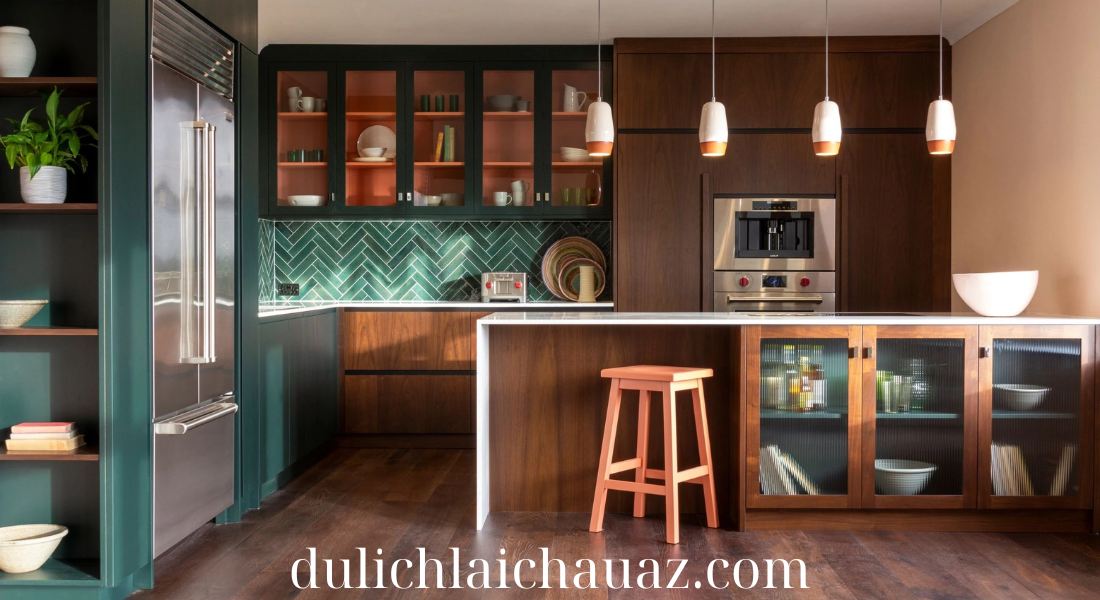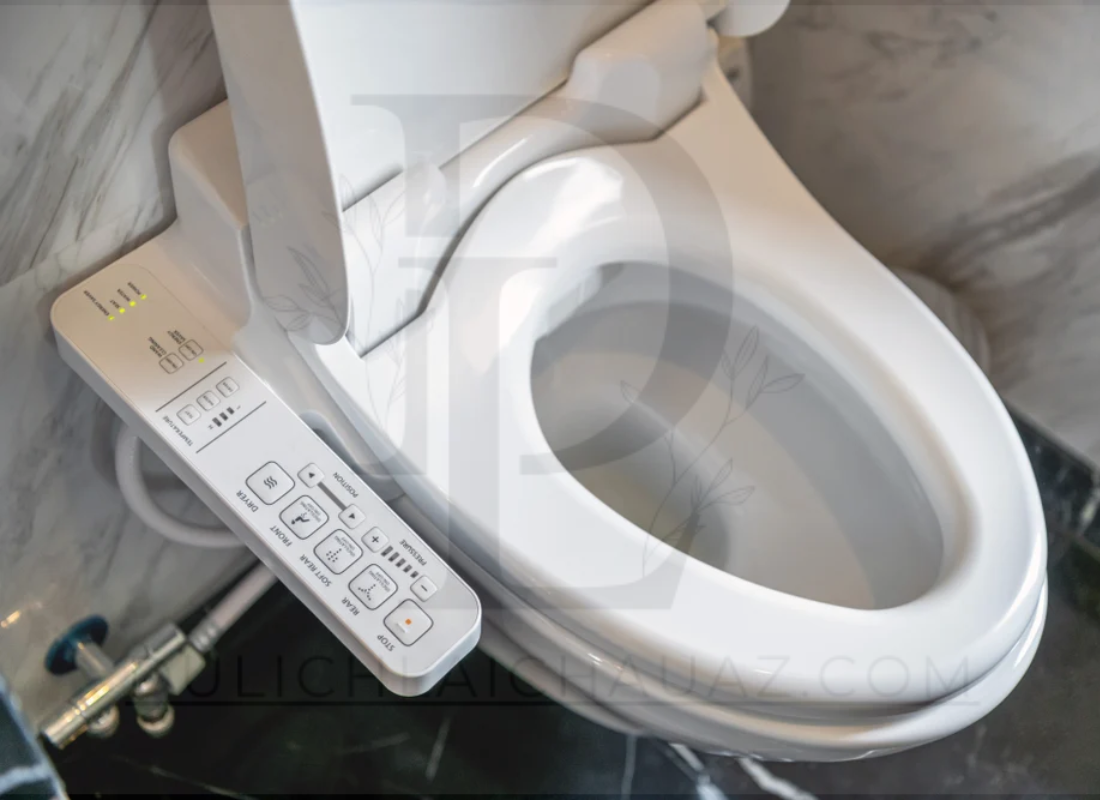Transitional Kitchen Design: A Harmonious Blend of Tradition and Modernity
Transitional kitchen design is a sophisticated approach that beautifully merges the classic elements of traditional kitchens with the sleek simplicity of modern designs. This style is perfect for homeowners who appreciate the warmth and character of traditional decor but also seek the clean lines and functionality of contemporary aesthetics. In this comprehensive guide, we will explore the key elements of transitional kitchen design, share inspiring ideas, and provide practical tips to help you create a stunning kitchen that balances timeless charm with modern efficiency.
Key Elements of Transitional Kitchen Design
To achieve the harmonious look of a transitional kitchen, it’s essential to incorporate several defining elements that characterize this style.
1. Neutral Color Palette
A hallmark of transitional kitchens is the use of a neutral color palette. Shades of white, beige, gray, and taupe serve as the foundation for the design, creating a soothing backdrop. Accents in deeper colors like navy, charcoal, or muted pastels can add interest without overwhelming the space. This versatility allows homeowners to easily change decor elements as trends evolve.
2. Combination of Classic and Modern Elements
Transitional kitchens seamlessly blend classic and modern features. For example, you might pair traditional shaker-style cabinetry with sleek, minimalist hardware. This combination creates a balanced look that honors the past while embracing the present. The goal is to find a cohesive balance between ornate and simple.
3. Natural Materials
Incorporating natural materials is vital to transitional kitchen design. Wood, stone, and metal can add warmth and texture to the space. For instance, a wooden island topped with a stone countertop combines the organic feel of nature with the durability of modern materials. These elements also enhance the overall aesthetic, making the kitchen feel inviting and grounded.
4. Functional Layout
A transitional kitchen should prioritize functionality and flow. Consider an open layout that encourages movement between cooking, dining, and entertaining spaces. An island can serve as a central hub, providing additional workspace, storage, and seating. Ensure that the layout accommodates modern appliances while maintaining a warm, inviting atmosphere.
5. Subtle Decorative Details
While transitional design leans towards simplicity, it doesn’t shy away from decorative details. Use crown molding, decorative trims, or glass-front cabinet doors to add a touch of elegance without overwhelming the space. These details can create visual interest and depth while keeping the overall design streamlined.
6. Integrated Technology
Modern kitchens often incorporate technology for convenience and efficiency. In a transitional kitchen, technology should blend seamlessly with the design. Consider built-in appliances, smart home features, and efficient lighting solutions that enhance functionality without sacrificing style.
7. Open Shelving
Open shelving is a popular choice in transitional kitchens. It provides a way to showcase decorative dishware, cookbooks, and plants while keeping essentials easily accessible. Choose wood or glass shelves that complement the cabinetry, adding an element of openness to the design.
8. Layered Lighting
Lighting is a crucial element in transitional kitchen design. Layered lighting, including ambient, task, and accent lighting, can create a warm and inviting atmosphere. Pendant lights over the island, under-cabinet lighting, and recessed fixtures can enhance both functionality and aesthetics.
Inspiring Transitional Kitchen Design Ideas
Here are some creative transitional kitchen design ideas to help you bring this harmonious aesthetic into your home:
1. Elegant Color Combinations
Use an elegant color scheme that incorporates soft neutrals with accent colors. For example, a warm beige or light gray can serve as the base, while navy or forest green accents can add depth and sophistication. This approach creates a balanced and cohesive look.
2. Mixed Materials
Combine various materials to create visual interest. Pair a wooden island with quartz countertops, and consider using glass backsplash tiles that reflect light. Mixing materials allows for a unique expression of style while maintaining a cohesive overall design.
3. Stylish Cabinetry
Opt for cabinetry that embodies the transitional style. Shaker-style cabinets with simple lines can be paired with modern hardware for a sleek look. Consider two-tone cabinetry, where upper cabinets are a lighter color and lower cabinets are darker, to create a dynamic visual effect.
4. Sleek Appliances
Incorporate sleek, modern appliances that enhance the functionality of your kitchen. Stainless steel appliances can complement the warm tones of wooden cabinetry while providing a contemporary edge. Consider built-in appliances that blend seamlessly into the cabinetry for a clean look.
5. Open Concept Layout
Design an open-concept kitchen that flows seamlessly into adjacent living spaces. This layout promotes social interaction and enhances the overall functionality of the home. An island can serve as a natural boundary between spaces while providing extra seating for casual dining.
6. Statement Lighting
Choose statement lighting fixtures that reflect your personal style. A modern chandelier or sculptural pendant lights can serve as focal points, adding elegance and drama to the kitchen. Layered lighting ensures that the space remains bright and inviting.
7. Decorative Open Shelving
Incorporate decorative open shelving to display beautiful dishware and plants. This adds a personal touch to your kitchen while creating a sense of openness. Consider styling the shelves with carefully curated items that reflect your taste and personality.
8. Natural Accents
Add natural accents, such as indoor plants or a herb garden, to bring life and freshness to your kitchen. These elements enhance the organic feel of the space while providing practical benefits for cooking and entertaining.
Practical Tips for Achieving the Perfect Transitional Kitchen Design
- Stick to a Cohesive Color Scheme: Choose a cohesive color palette that reflects your style while maintaining the transitional aesthetic. Focus on neutral tones and use deeper accent colors to add interest.
- Emphasize Functionality: Prioritize a functional layout that facilitates movement and workflow. Consider how you use your kitchen daily and design spaces accordingly.
- Invest in Quality Materials: Opt for high-quality materials that enhance both aesthetics and durability. This ensures your kitchen will stand the test of time while remaining visually appealing.
- Incorporate Personal Touches: Add personal touches through decorative items, artwork, or family heirlooms. These elements can enhance the warmth and character of your kitchen, making it feel uniquely yours.
- Maximize Natural Light: Embrace natural light by using large windows and choosing light-colored materials. Bright spaces feel more open and inviting, enhancing the overall ambiance of your transitional kitchen.
- Balance Old and New: Find a harmonious balance between traditional and modern elements. This might include mixing vintage decor with contemporary fixtures or incorporating classic design elements in a modern context.
Conclusion
Transitional kitchen design is a beautiful blend of traditional elegance and modern simplicity, offering a timeless aesthetic that can suit any home. By incorporating key elements such as neutral color palettes, a mix of classic and contemporary features, natural materials, and functional layouts, you can create a stunning kitchen that embodies this harmonious style. Whether you are renovating your existing kitchen or designing a new space, these transitional kitchen design ideas will inspire you to craft a kitchen that is both functional and aesthetically pleasing. Embrace the versatility of transitional design, and transform your kitchen into a welcoming haven for cooking, dining, and entertaining. With thoughtful planning and a focus on balance, your transitional kitchen can become the heart of your home—a place where tradition meets modernity, creating a warm and inviting space for family and friends to gather.














Post Comment